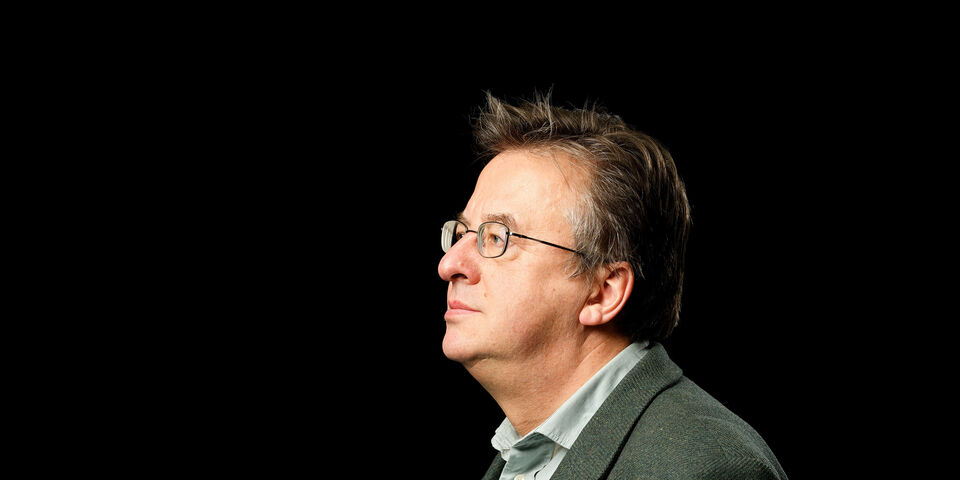What’s in a name?
Names… whether they are called first, given, Christian or forename, or middle or last, family name or surname, maiden and married name, father’s and mother’s name, double-barreled name, unisex name, nickname, pen, artist or stage name, domain name, code name, name of the year, and so forth, no doubt, names exist in great variety.
Names often have a meaning and history, express expectations or supposedly shape character, especially when related to religions and other beliefs. Some cultures, like the Chinese or the Hungarians, put the last name first and first name last. This shows the importance of the group above the individual.
Some names can be quite confusing; take for example the Frisian Anne for a man and French Anne for a woman, Laurence in English is a man and Laurence in French a woman, Dominique and Claude are unisex and hence can be both a man or a woman in France. In England Leslie is a boy, while Lesley is a girl. Some languages, like Spanish, make a clear distinction between given name (nombre) and family name (apellido). Translating terms can be tricky and brings some confusion between for example English, French and Dutch: the English “name” translates into French “prénom” and Dutch "voornaam" and consequently “nom” and “naam” into “surname”, whereas “surnom” is “nickname” and not “surname”.
Names exist in many expressions: You can reach your goals “in the name of God”, or more democratically “in the name of law”, trivially “call somebody names” (usually not pleasant) or just “drop names” among your friends. You may also want to “clear your name” after someone has “given you a bad name” and later “make a name for yourself”, or, last but not least, just simply introduce yourself: “My name is Bond!”.
As a verb, you can “name it”, or by contrast refuse to “name names”, name something after a famous historical person: our own J.F. Kennedylaan, or rename a city: Leningrad to St. Petersburg, but also Eindhoven to Lampegat during carnival!
Mysterious initials
So what’s in a name? More than you can think at first sight, as it has been shown recently at TU/e. Many students and employees have indeed complained about the lack of visibility in the traditional use of names in the Netherlands, no first or given name on any official document or display, but those mysterious initials, sometimes up to five. Yes, as a Dutch person is often named after grand-parents or other family members, this can result in having up to five given names next to his or her surname. So the combination Jansen, A. B. C. D. E. is not an exception! Especially in the Catholic South of the county where you call them Christian names, obtained from baptism.
I’ve personally, as a foreigner who had his formative years abroad, always found it quite impractical not to know the given name (and the gender) of a person on a telephone list, a business card, an e-mail address or whatever document, or when speaking to them. On the phone, for example, you often don’t know if this person is a man or a woman when the only information you have is a busines card or a list with only last name and initials. Noticeably, some people put their given name between brackets; this helps but it remains as a whole a strange habit to me. These practices are signs of an egalitarian society, of individualism and respect for privacy, but paradoxically, Dutch people identify themselves right away with first and last names when answering their phones. So what’s in a name? Confusion, to speak in Shakespearian terms.
Freedom
Consequently, I particularly appreciate this change of habits in making the first name visible on all displays, esp. on online platforms, as described in a TU/e announcement: “Because we currently are using a display name format consisting of <Surname>, <Initials>, it is often difficult to see exactly which fellow employee or student is involved, especially with frequently used surnames such as Janssen or Wang. Displaying the first name in these applications would help enormously”. And “because the first name is a value that can be adjusted by employees and students themselves using self-service, in various systems, this also gives more freedom in how you want to present yourself through your display name at the TU/e”. So apparently we are now empowered in the use of our first name. So there is something in a name!
Finally, culturally and linguistically speaking, it’s interesting to see how digitization and the extensive use of English in online communication have pushed through this new format, which is common in English but not so much in Dutch. So yippee, we’ve reached a new step in individualization and globalization through the current digitization push!


Discussion